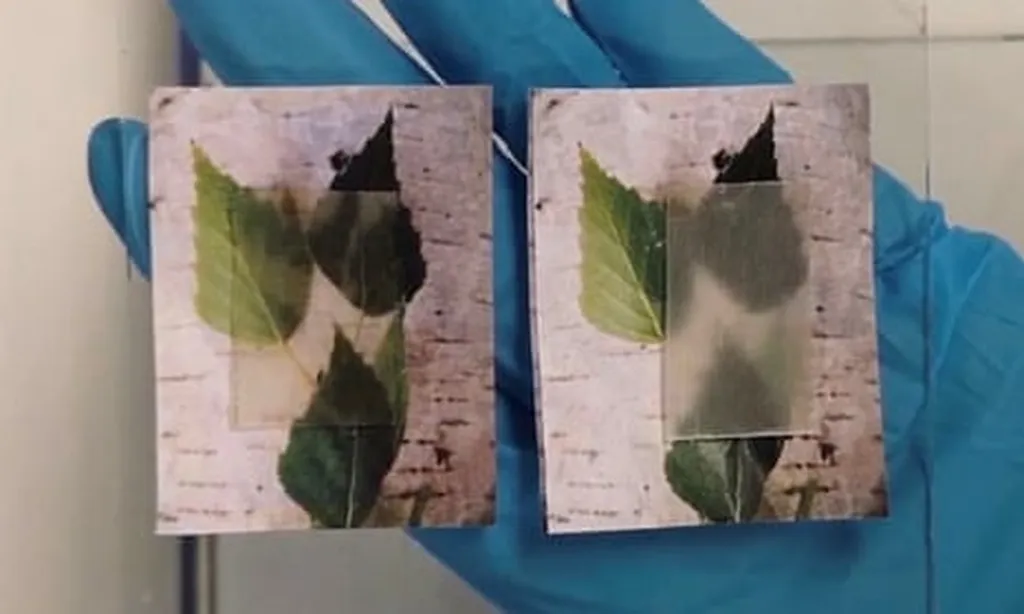In a groundbreaking study published in *Anales de Edificación* (Annals of Construction), researchers have explored the manufacturing process and performance of transparent wood, offering a promising alternative to traditional glass in various applications. The study, led by Belén Zapico-Benavides from the Escuela Técnica Superior de Arquitectura at the Universidad Politécnica de Madrid, delves into the potential of this innovative material to revolutionize the energy sector.
Transparent wood, known for its lower thermal conductivity and reduced energy requirements for production compared to glass, is gaining traction in industries ranging from mobile phone screens to solar panels and building windows. The research focused on three wood species with varying densities—low, medium, and high—to assess the levels of transparency achieved by measuring the passage of sunlight through the material, a metric known as illuminance.
“Our goal was to understand how transparent wood performs under different conditions and how it can be optimized for practical use,” explained Zapico-Benavides. The study revealed that the direction of the wood fibers in relation to the solar path significantly impacts illuminance. When the fibers are parallel to the sun’s trajectory, the illuminance increases, suggesting that strategic orientation can enhance the material’s efficiency.
The research also derived analytical equations that predict illuminance throughout the day, providing valuable insights for architects and engineers looking to integrate transparent wood into their designs. This could lead to more energy-efficient buildings and solar technologies, as transparent wood offers a sustainable and cost-effective alternative to glass.
“The potential applications are vast,” Zapico-Benavides noted. “From reducing energy consumption in buildings to improving the efficiency of solar panels, transparent wood could play a pivotal role in shaping the future of sustainable construction and energy production.”
As the construction and energy sectors continue to seek innovative solutions to reduce their environmental impact, this research highlights the promise of transparent wood as a versatile and eco-friendly material. With further development and commercialization, transparent wood could become a staple in modern architecture and renewable energy technologies, paving the way for a more sustainable future.
Published in *Anales de Edificación*, this study not only advances our understanding of transparent wood but also opens new avenues for exploration and application in the energy sector. As the world moves towards greener and more efficient building practices, transparent wood stands out as a beacon of innovation and sustainability.

